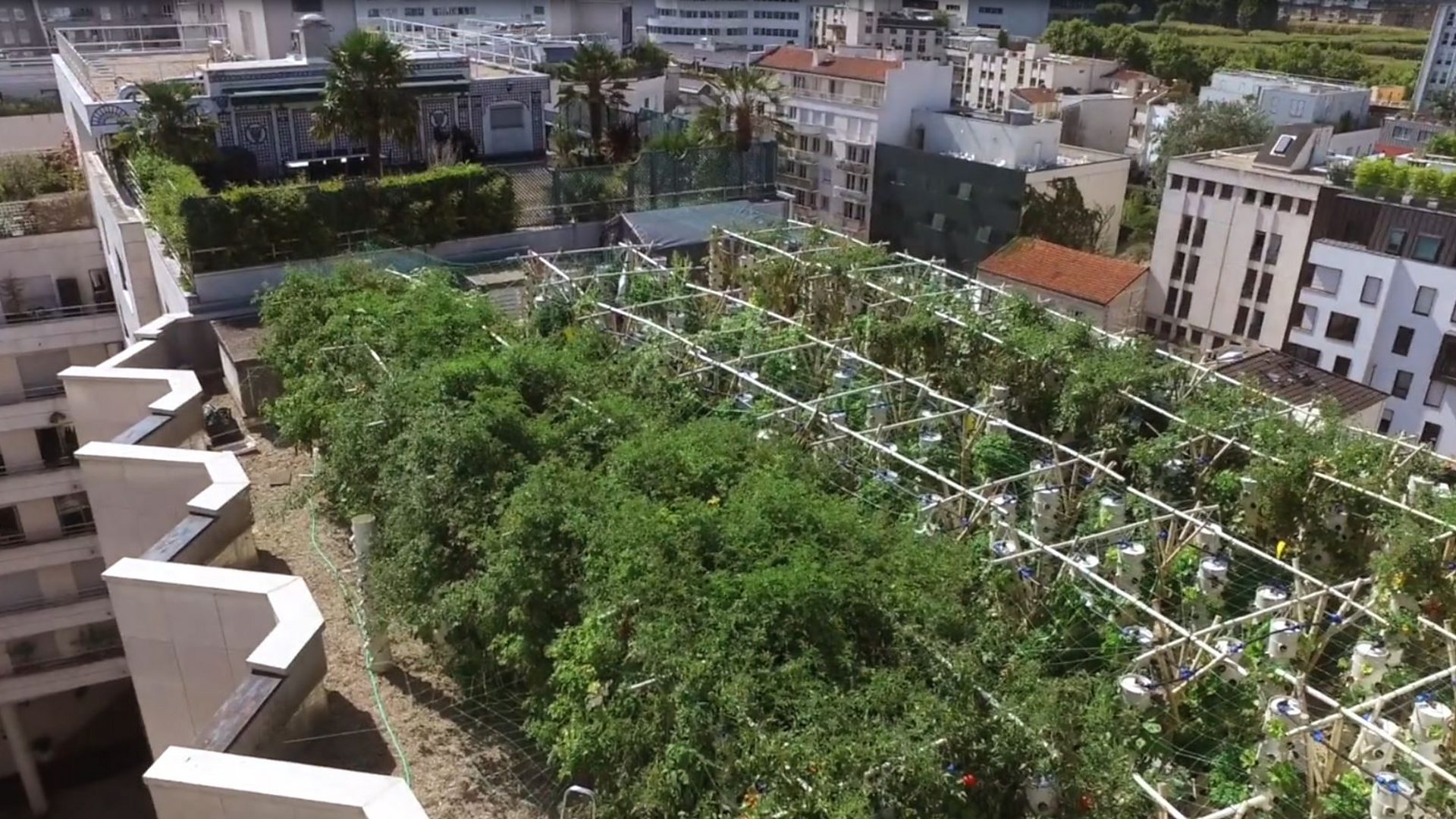
Skyline Harvest: Urban Rooftop Farming Innovations
Urban rooftop farming has emerged as a transformative solution, turning concrete jungles into lush havens of sustainable agriculture. In this article, we’ll explore the innovative practices and benefits that define the growing trend of skyline harvests.
Utilizing Untapped Spaces
The charm of urban rooftop farming lies in its ability to utilize untapped spaces. In densely populated urban areas where land is scarce, rooftops present an underutilized canvas. Transforming these spaces into thriving farms not only addresses the challenge of limited land availability but also promotes sustainable agriculture within city limits.
Vertical Farming Techniques
One of the key innovations in urban rooftop farming is the adoption of vertical farming techniques. Instead of traditional horizontal layouts, crops are cultivated in stacked layers. This space-efficient approach maximizes yield while minimizing the footprint, allowing farmers to cultivate a variety of crops in a limited space.
Green Roofs for Sustainable Benefits
In addition to growing crops, urban rooftop farms contribute to the development of green roofs. These installations offer multiple sustainable benefits, such as improved insulation, reduced energy consumption, and enhanced stormwater management. Green roofs not only support urban farming but also contribute to overall environmental conservation efforts.
Community Gardens in the Sky
Urban rooftop farming often extends beyond individual initiatives to community-based projects. Community gardens in the sky foster a sense of collective responsibility and cooperation. Residents come together to cultivate shared spaces, creating a sense of community while enjoying access to fresh, locally grown produce.
Hydroponics and Aeroponics Precision
To optimize resource use in rooftop farming, hydroponics and aeroponics have become integral. These soil-less cultivation methods deliver precise nutrient solutions to plants, maximizing efficiency. These systems not only save water but also allow for year-round cultivation, overcoming seasonal limitations often faced in traditional agriculture.
Addressing Food Security in Cities
Urban rooftop farming plays a crucial role in addressing food security in cities. By bringing agriculture closer to urban centers, the distance between farm and table is reduced, minimizing transportation-related carbon footprints. This decentralized approach enhances food resilience, ensuring a more reliable and sustainable supply chain.
Educational Opportunities
Beyond providing fresh produce, urban rooftop farms offer educational opportunities. Schools, community centers, and even businesses can integrate rooftop farming into their educational programs. Learning about sustainable agriculture firsthand fosters environmental awareness and a deeper connection to the food we consume.
Innovation Meets Aesthetics
Urban rooftop farms are not only functional but also contribute to the aesthetic appeal of city skylines. The sight of greenery against the backdrop of concrete and steel adds a touch of natural beauty to urban environments. Rooftop farms showcase that sustainability and visual aesthetics can go hand in hand.
Skyline Harvest Visuals at WallscreenHD.com
Explore the captivating visuals of skyline harvests at WallscreenHD.com. Immerse yourself in high-quality images that showcase the beauty and innovation of urban rooftop farming. Let these visuals inspire you to envision a greener and more sustainable future for urban landscapes.
Conclusion: Greening the Urban Horizon
In conclusion, urban rooftop farming represents a promising solution to the challenges of modern urban living. From utilizing untapped spaces to fostering community engagement and addressing food security, the benefits are vast. As more cities embrace skyline harvests, we move closer to creating sustainable, resilient, and visually appealing urban landscapes that harmonize with nature.


